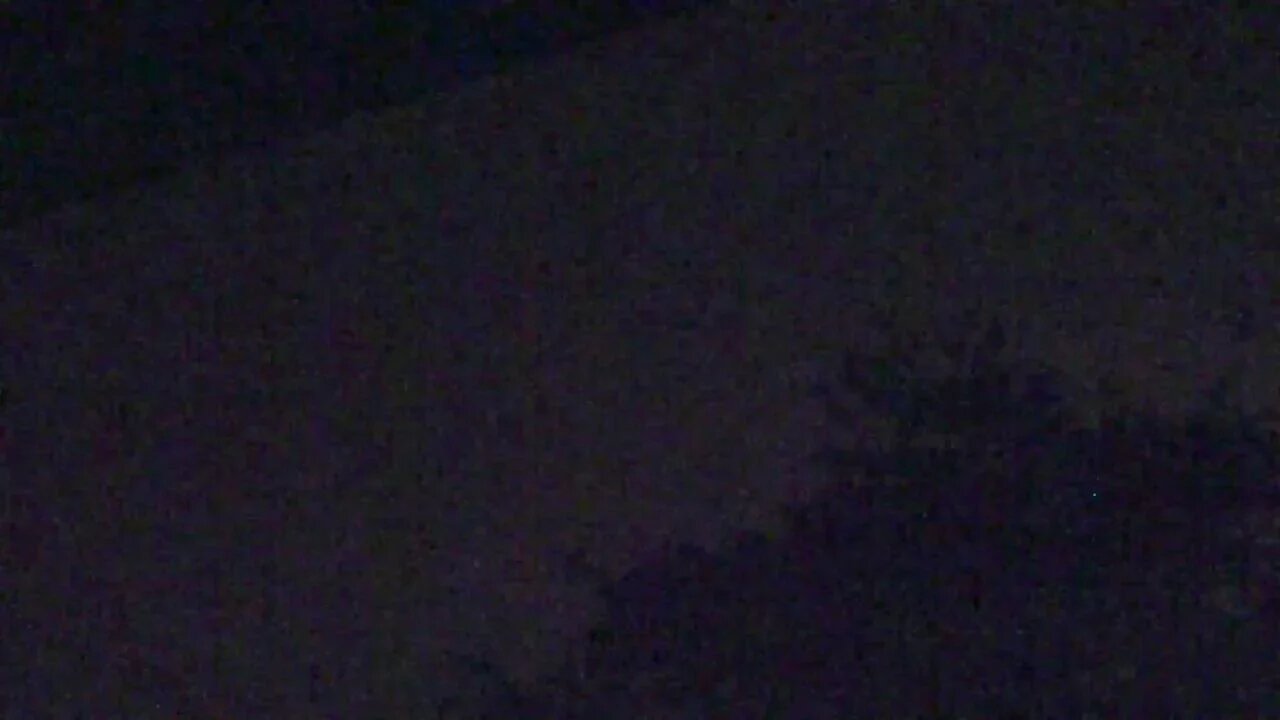Premium Only Content

The night sky during the Perseid Meteor Shower August 12, 2016 - Spoiler alert: no meteor
Join this channel to help me bring you more vids...
https://www.youtube.com/channel/UCS-ix9RRO7OJdspbgaGOFiA/join
Join the free von Panda group here... https://panda-research-institute.mn.co
Get Peter von Panda gear here... https://petervonpanda.storenvy.com/
Instagram... https://www.instagram.com/petervonpanda/
As an Amazon Associate I earn from qualifying purchases.
Get astronomy merchandise here... http://geni.us/NSAs4o
Get telescopes here... http://geni.us/RjMzmYW
The Perseids /ˈpərsiːɪdz/ are a prolific meteor shower associated with the comet Swift–Tuttle. The Perseids are so called because the point from which they appear to come, called the radiant, lies in the constellation Perseus. The name derives in part from the word Perseides (Περσείδες), a term found in Greek mythology referring to the sons of Perseus.
The stream of debris is called the Perseid cloud and stretches along the orbit of the comet Swift–Tuttle. The cloud consists of particles ejected by the comet as it travels on its 133-year orbit.[5] Most of the particles have been part of the cloud for around a thousand years. However, there is also a relatively young filament of dust in the stream that was pulled off the comet in 1865, which can give an early mini-peak the day before the maximum shower.[6] The dimensions of the cloud in the vicinity of the Earth are estimated to be approximately 0.1 astronomical units (AU) across and 0.8 AU along the latter’s orbit, spread out by annual interactions with the Earth’s gravity.[7]
The shower is visible from mid-July each year, with the peak in activity between 9 and 14 August, depending on the particular location of the stream. During the peak, the rate of meteors reaches 60 or more per hour. They can be seen all across the sky; however, because of the shower’s radiant in the constellation of Perseus, the Perseids are primarily visible in the Northern Hemisphere. As with many meteor showers the visible rate is greatest in the pre-dawn hours, since more meteoroids are scooped up by the side of the Earth moving forward into the stream, corresponding to local times between midnight and noon, as can be seen in the accompanying diagram.[8] While many meteors arrive between dawn and noon, they are usually not visible due to daylight. Some can also be seen before midnight, often grazing the Earth’s atmosphere to produce long bright trails and sometimes fireballs. Most Perseids burn up in the atmosphere while at heights above 80 kilometres (50 mi).[9]
-
 8:50
8:50
Peter von Panda
1 year agoV-Line Under Desk Safe Has A Cool Lock
1.32K1 -
 LIVE
LIVE
Man in America
5 hours agoThe Final Battle: Nanotech, Transhumanism & the War for Your Soul w/ Dr. Ed Group
369 watching -
 31:05
31:05
The Why Files
2 days agoPeru's Most Terrifying Mystery | The Face Peelers
13.8K39 -
 1:32
1:32
Gaming on Rumble
9 hours agoWhat is the Rumble Creator Program?!?! | Lvl UP
3.74K3 -
 LIVE
LIVE
Flyover Conservatives
21 hours ago9/11 on Steroids: What’s Coming This Fall? - Bo Polny | FOC Show
565 watching -
 LIVE
LIVE
Precision Rifle Network
6 hours agoS4E27 Guns & Grub - Let's Talk About Gas Guns
65 watching -
 59:29
59:29
The Charlie Kirk Show
2 hours agoTHOUGHTCRIME Ep. 96 — The Great Flag Burning Debate
18.1K13 -
 57:56
57:56
The Mel K Show
2 hours agoMel K & General Mike Flynn | Betrayal of a Nation: Soros’ NATO World Order | 8-28-25
9.51K10 -
 LIVE
LIVE
Joker Effect
1 hour agoInterviewing BEN JAMMINS! A personality with over 1 BILLION gif views. Let's give him a warm welcome
435 watching -
 11:37
11:37
Robbi On The Record
7 hours agoThe Devil is in the Branding..
5.51K7